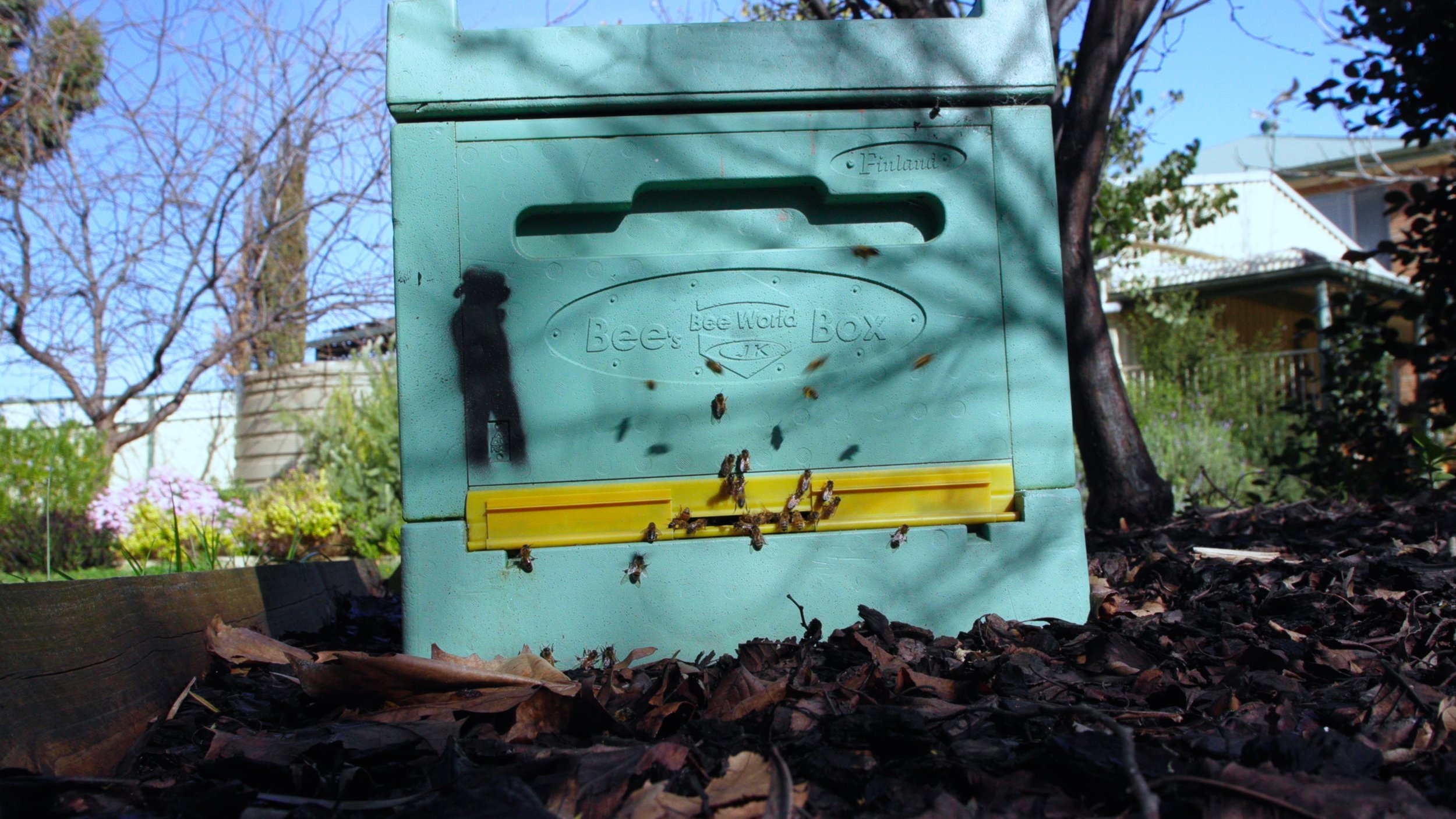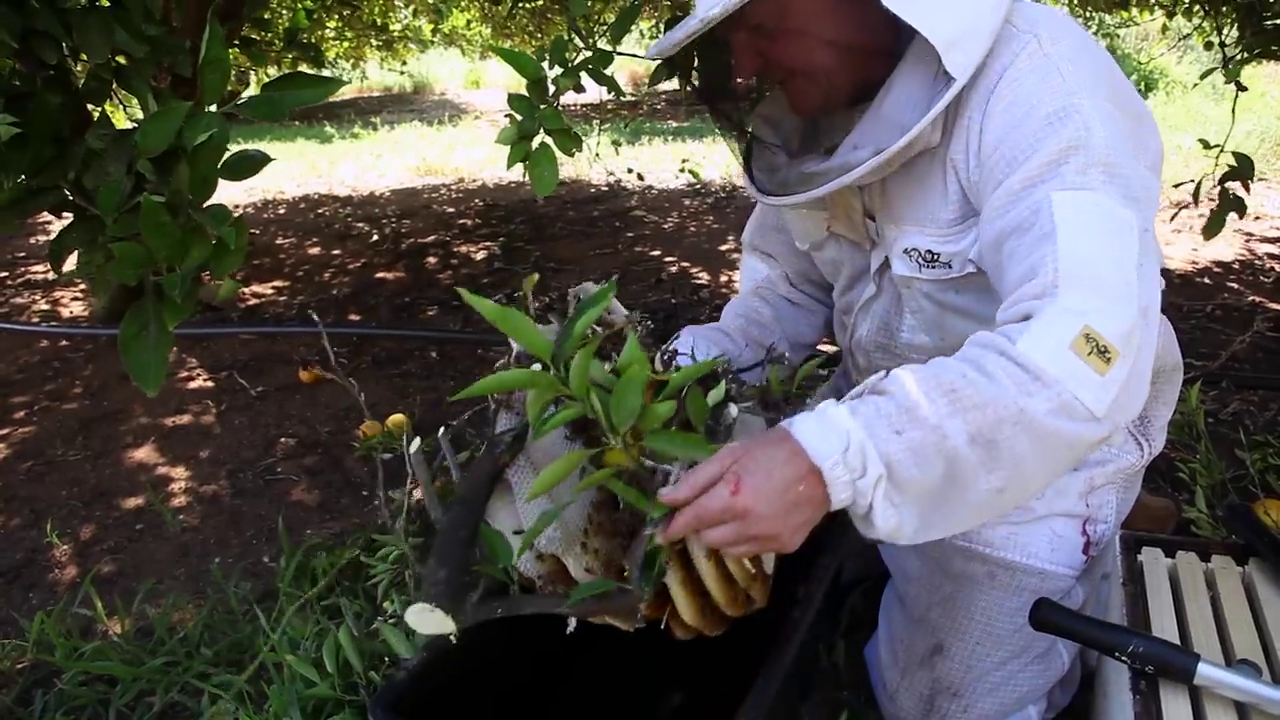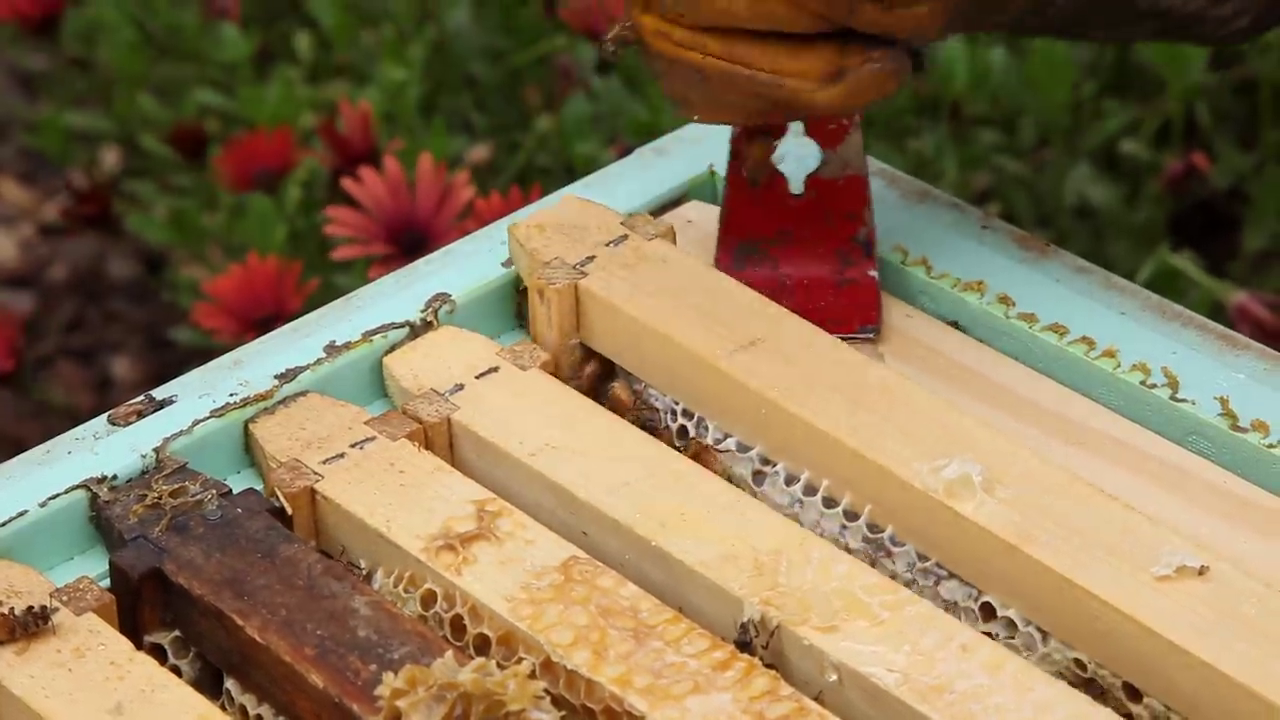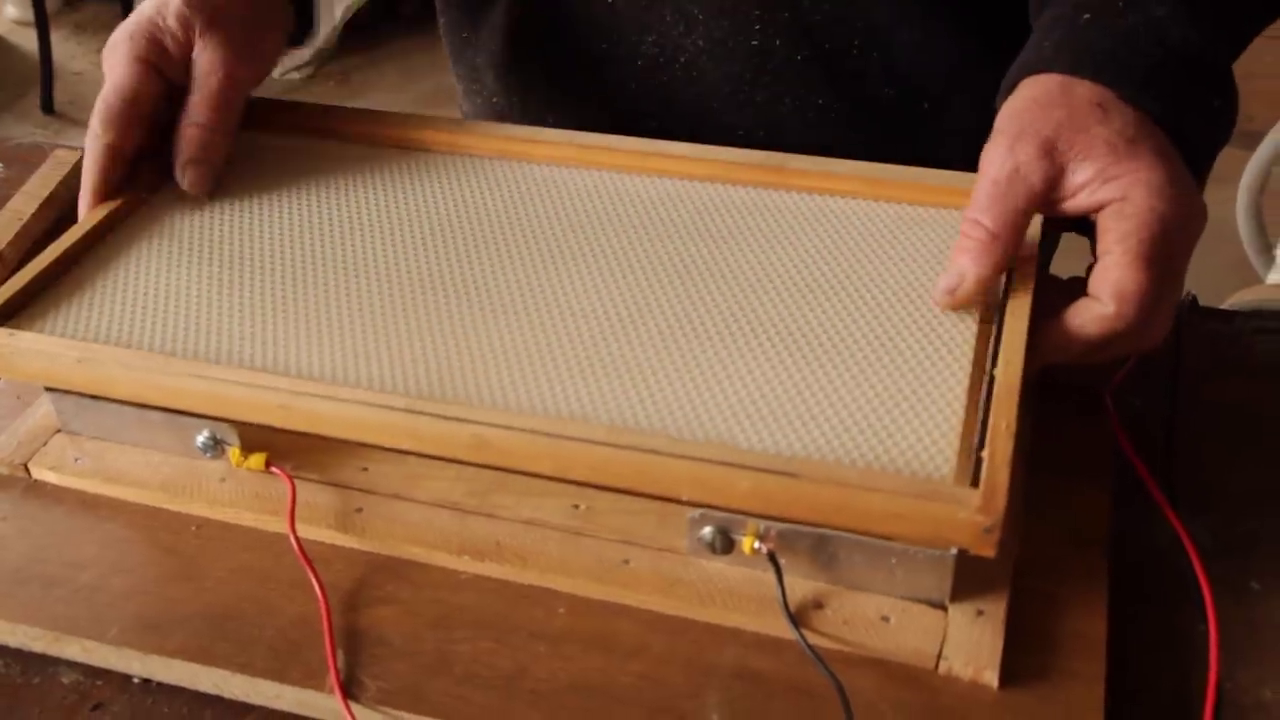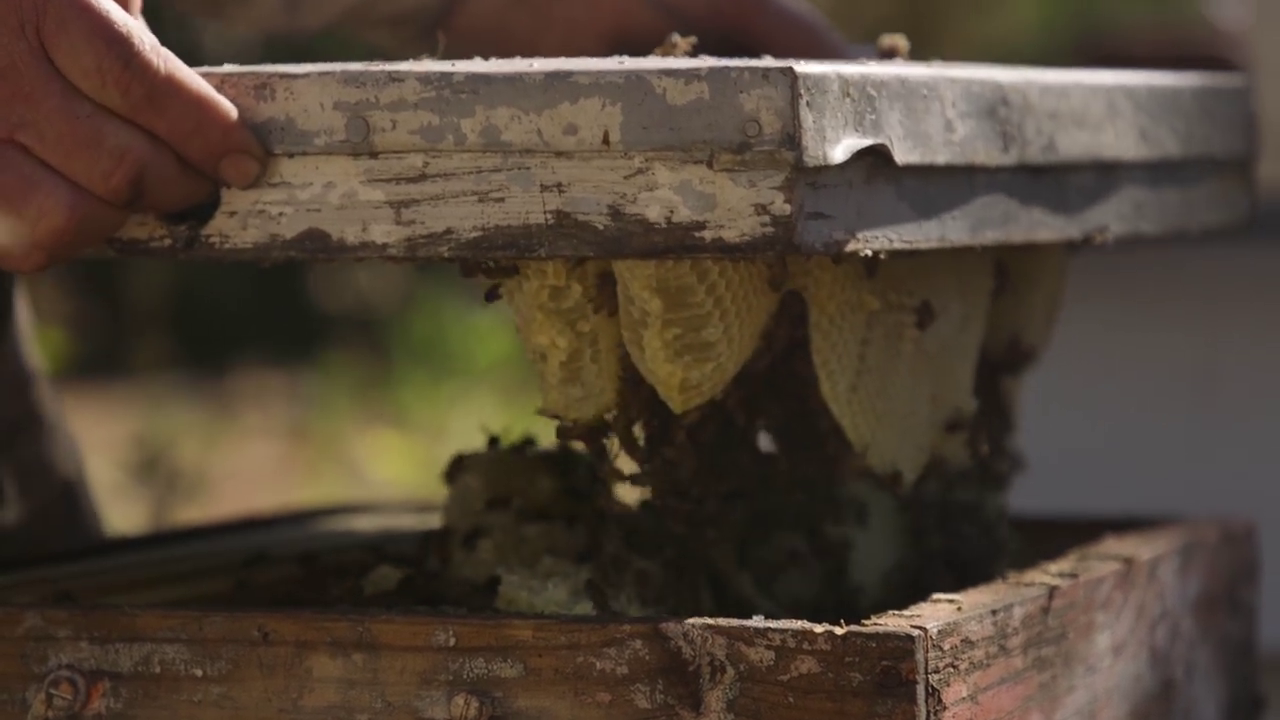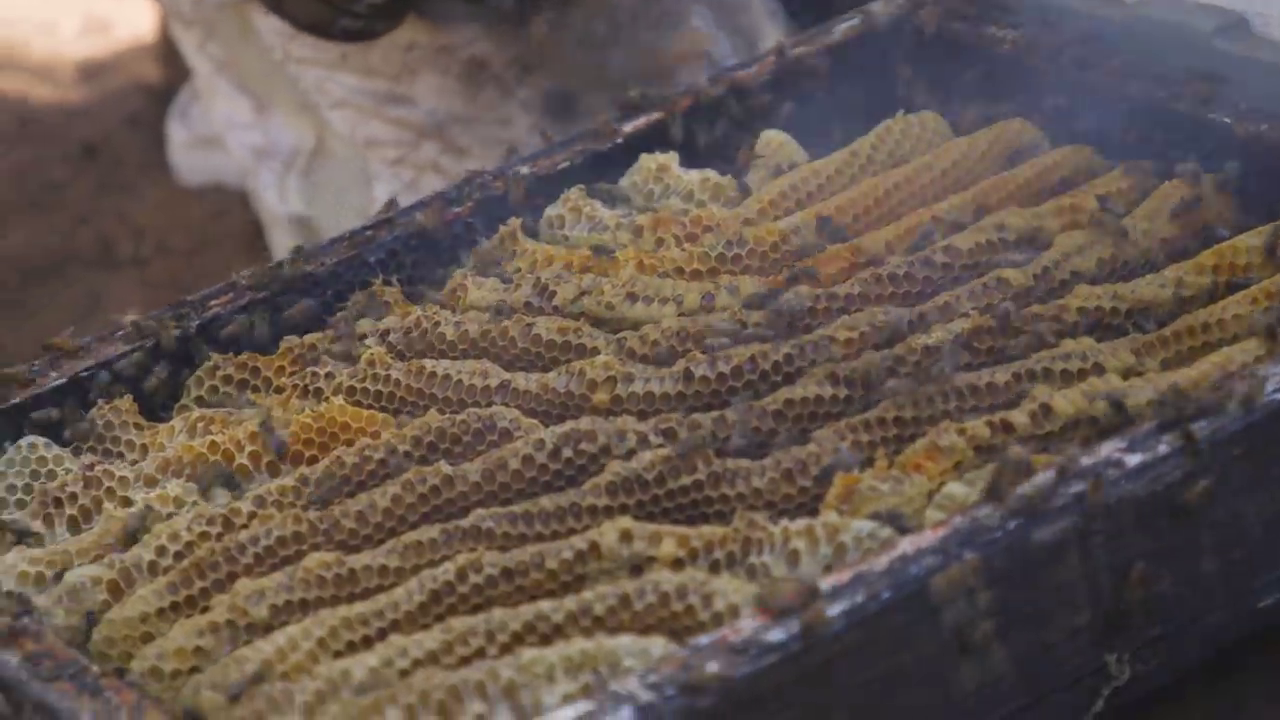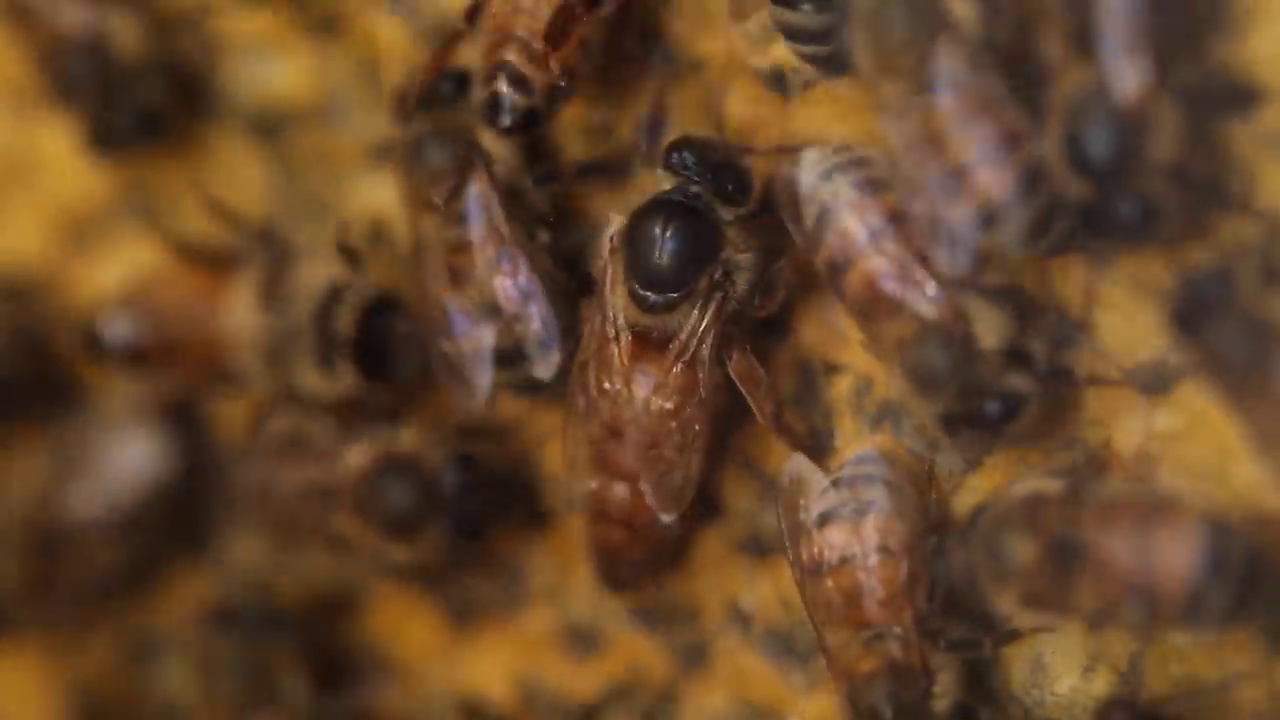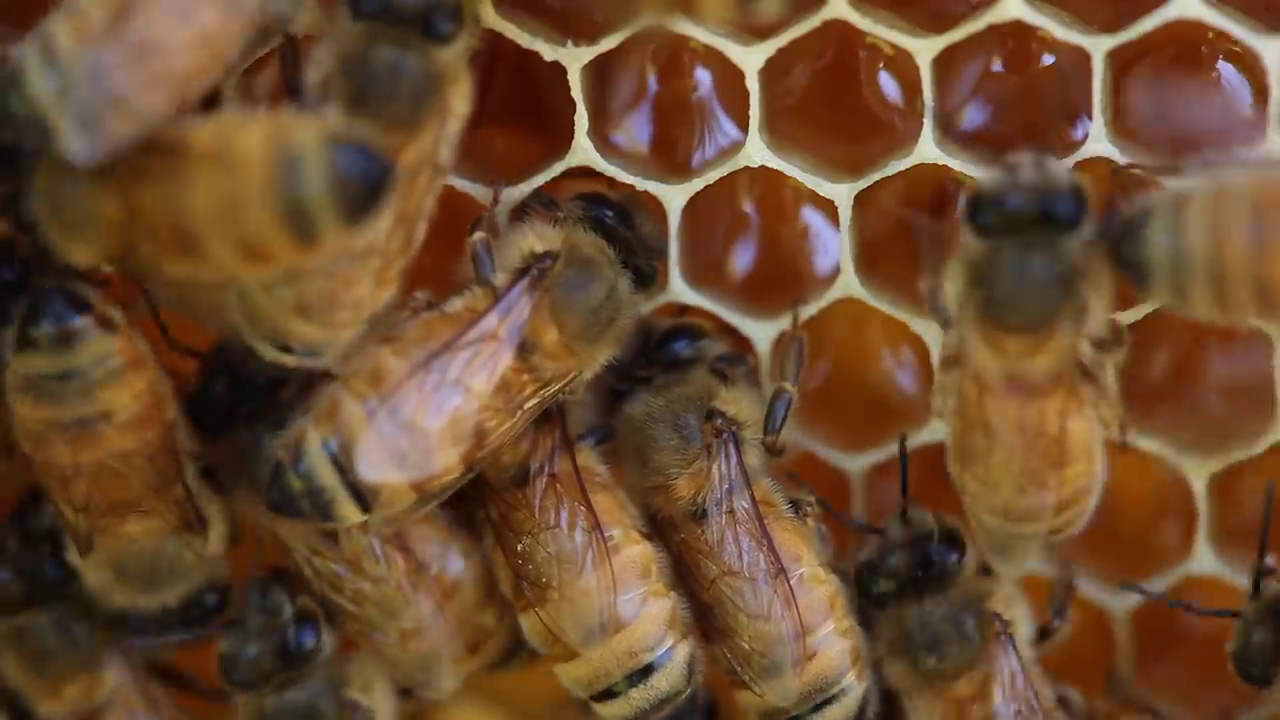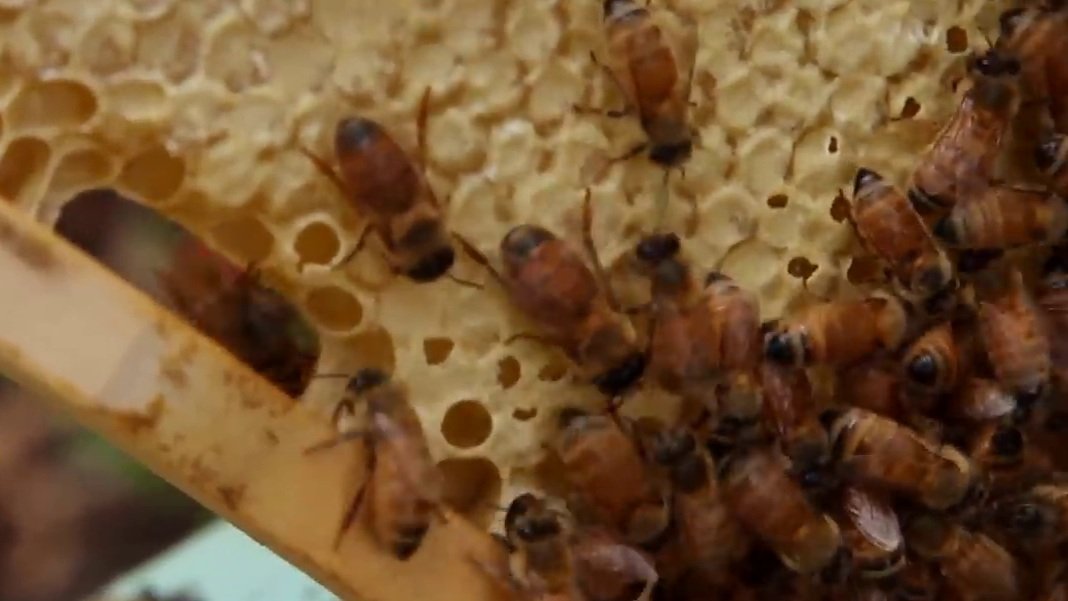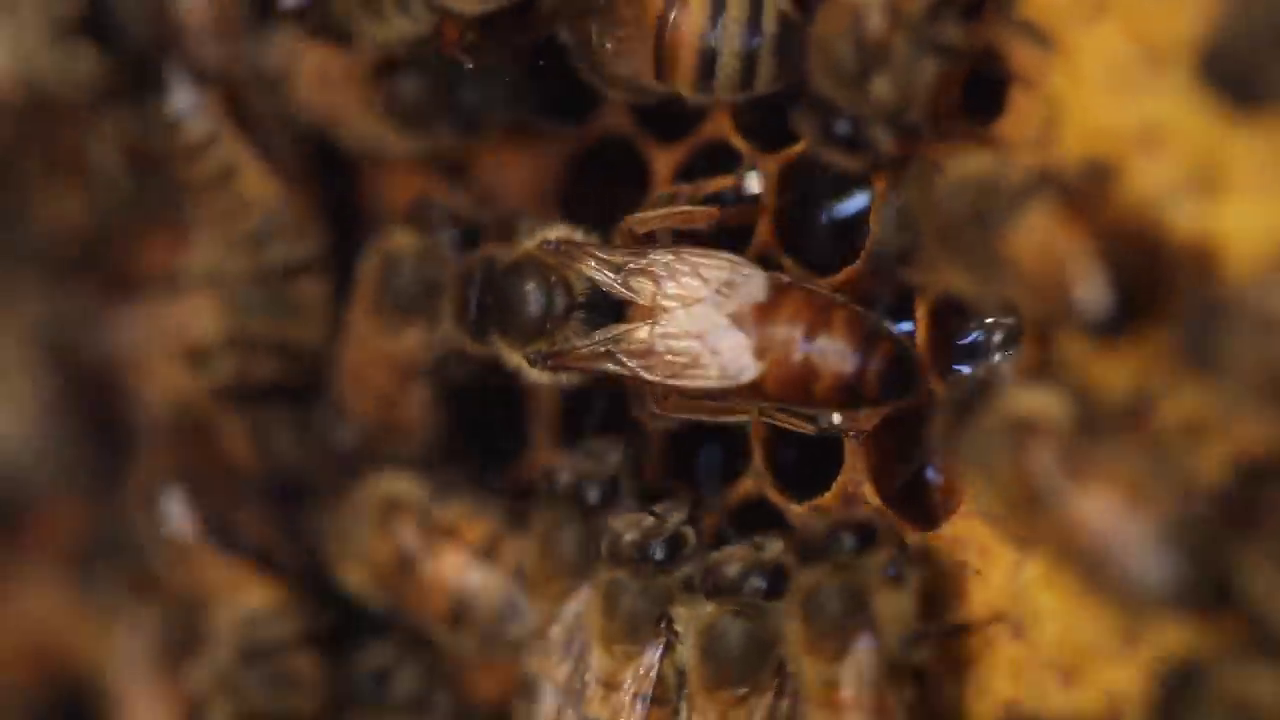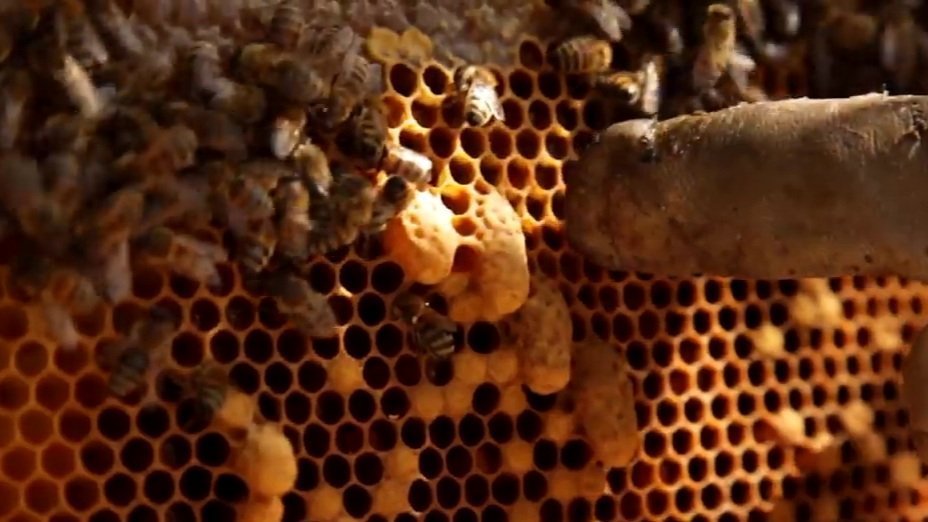Lesson 2: All About Beehives
If you're here, it means your family hasn't been able to talk you out of being a beekeeper. Hooray! You’re free and clear to make the best decision of your life and join a growing community of bee lovers who want to do their part to see our little friends thrive.
In this series of step-by-guides, the Bush Bee Man (that’s me) is here to guide you through the basics of beekeeping, from choosing a hive to harvesting your first batch of honey. Along the way, I share heaps of information about beekeeping and what makes bees the wonderful, complex, and fascinating creatures they are.
Here’s what we cover in this Basics of Beekeeping step-by-step guide:
● How bees build their hives
● Everything that happens in a beehive
● Who’s who in the beehive
● Where queen bees come from
● Bee-friendly plants
How bees build their beehives
Now, I’m going to assume you’ve seen what a wild bee swarm, aka a wild beehive, looks like. They’re quite a sight, with their intricate layers of honeycomb.
All of that is made by our industrious bees, using the natural resources they forage out in the wild. These ladies are clever and know what to do to create a home, no matter where they are. They create the wax used to build the honeycomb from little glands on their tummies. The wax is produced in flakes, which they roll up and then build into the honeycomb shape, which is not only super strong but also highly efficient, with zero wasted space.
As beekeepers, our job is pretty simple. We emulate what these smart and precious ladies do in the wild, with a few adjustments that make things a little more efficient.
The most common type of hive that beekeepers rely on when creating a pre-made home for bees is the Langstroth hive. This kind of beehive is named for Reverend Lorenzo Lorraine Langstroth, who was a 19th-century beekeeper. Langstroth noticed that his bees needed a certain amount of room (called ‘bee space’) in order to build a comb properly.
The Langstroth hive uses frames that create the ideal amount of bee space for the ladies to build the honeycomb, make babies, and produce honey efficiently. Typically, a hive will have eight to ten frames, with honey and pollen stored on the outermost frames, and the brood kept nice and cosy in the middle frames.
Everything that happens in a beehive
So when you get your frames, they usually come with a wax foundation. This gives the bees a head start and saves them from the hard work of having to create all that honeycomb themselves.
This is a huge advantage, when you consider everything that happens in a hive and what the bees have to do to keep things running smoothly. Most people think of honey as the real output of a hive, but the truth is honey is just a bonus. The hive is the bees’ home, where they lay eggs, develop them into larvae and broods, and cap them off so they can become full-grown bees.
All of this requires a huge amount of effort on the part of the bees. They have to collect nectar and pollen to eat, in order to produce the wax flakes used to make the comb. And get this — to make just half a kilo of wax, they have to consume 3.5 kilos of honey.
So the more we can do as beekeepers to help them out, the better. Also, bees are different depending on where they’re from, so make sure to get the right frame for your region, whether it’s Europe, Asia, or elsewhere.
Who’s who in the beehive
In a hive, there are three major players: the queen, workers (who are all ladies), and drones (who are all males).
Contrary to what you might have heard, the drones are the biggest bees in the box — not the queen. But the queen is no shrinking violet. She is also impressive in size, with a long tail and abdomen. She’s considered the most important bee in the hive, since she lays the eggs. But the worker gals are super important, too. They build everything, ripen the honey, raise the babies, and more.
Another cool thing about hives is that they’re a community, and workers and drones can actually vote out a queen if she’s not pulling her weight. They simply push her out of the hive and get a new one. So the old saying holds true: it ain’t easy being the queen.
Assuming she doesn’t get the heave-ho, a queen’s reign will be somewhere between two to five years. At her most efficient, she can lay 2,000 eggs a day.
Once she lays those eggs, the workers take over to nourish them with an amazing little substance called royal jelly. This is produced from a gland on their heads, and the bees go around to each comb, depositing some of that jelly (along with some other stuff) into the larvae. Each larvae gets visited about five times a minute, and once they’re properly nourished, their comb gets sealed off with a little wax cap so they can begin the process of becoming a bee. It’s a lot like what caterpillars do, walling themselves up into a cocoon so they can transform into a butterfly.
Pretty fascinating stuff, right?
Where queen bees come from
Given how the queen is basically the centre of the bee universe, you might be curious as to how a queen is made.
She comes from the same place as her bee brethren, with a few key differences. First is that she gets fed on royal jelly the whole time she’s in the comb — she doesn’t get the mixed version that other bees get. This is what allows her to develop ovaries, setting her apart from the other kinds of bees. She also gets put in a bigger comb, since she’ll need the extra space to grow her long abdomen and tail. Even though she’s the biggest, she also grows the fastest, taking about 15 days to grow into her queenly final form.
Here’s where things get interesting.
Once the queen emerges from her comb, the first thing she does is make sure she doesn’t have competition for the throne. So she goes around the beehive, destroying any other queen cells that she finds. This saves her from the possibility of a nasty duel with any rival queen bees. With her position secured, and once her wings are strong enough, she goes on a tour of her ‘kingdom’, taking a good look around the hive and its surrounding environment.
The queen’s next royal duty is to go on a mating flight. She flies off into the distance in search of a drone mating site. This is where all the boy bees gather, awaiting her arrival. She zips through quickly and the drones chase and catch her in mid-air to do their, well, mating. As many as 15 to 20 male bees will donate their sperm to the queen.
When the mating is over, the queen heads back to the hive to recuperate from her outing. When she’s ready, she’ll start laying the eggs by sticking her tail into the bottom of individual honeycomb cells, keeping them in place with a glue-like substance.
Before you know it, you’ve got thousands of new bees, which is exactly what you want, so you can start collecting that precious honey and putting it on everything from your toast to your tea.
[keywords: basics of beekeeping, how to start beekeeping, the Bush Bee Man, beekeeping, honey, beehives]



